Hasidic Judaism is made up of different movements, each group following a specific religious leader, or Rebbe. One of those movements was based in the town of Lyubavichi in the Russian Empire and came to be known as Chabad-Lubavich. Where, in the early 1900s, a pair of Chabad-Lubavitch Hasidim — Rabbi Levi Yitzchak Schneerson and his wife Chana — were raising their three boys.
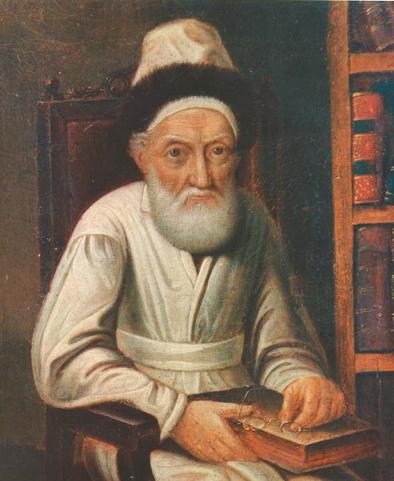
Though the Schneersons were directly descended from the third Chabad Rebbe, they led a Jewish community in Ukraine and lived far from their Rebbe’s “court.” They did not expect that their oldest son, Menachem Mendel, would become the seventh leader of the Chabad dynasty. Certainly, no one would have dreamed that under his leadership, the Chabad-Lubavitch movement would become a global phenomenon, changing Jewish life forever. But even those who know of his striking achievements — the thousands of hours of Torah teaching; the 1994 Congressional gold medal; the private counsel he provided to the tens of thousands, including the likes of Bob Dylan, Elie Wiesel, and Israeli Prime Minister Menachem Begin — might not be aware of the depth of his visionary leadership.
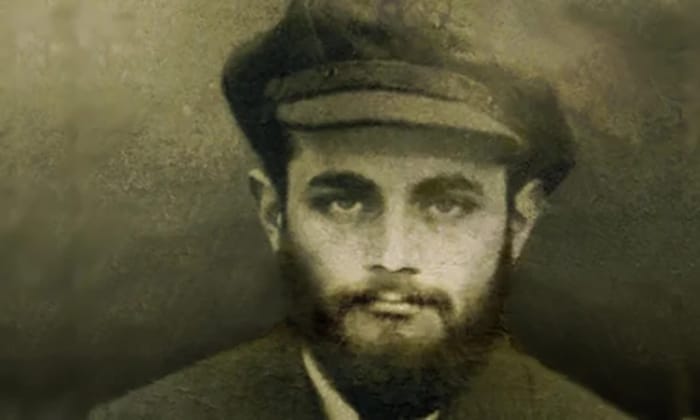
Before he became the Rebbe, Rabbi Menachem Mendel Schneerson was a scholar. His brilliance attracted the attention of his distant cousin, the Sixth Lubavitch Rebbe, who eventually became his father-in-law. The two men shared a warm relationship. Rabbi Menachem Mendel loved and admired his father-in-law deeply, even as he missed his own father, who died in Soviet exile in Kazakhstan.
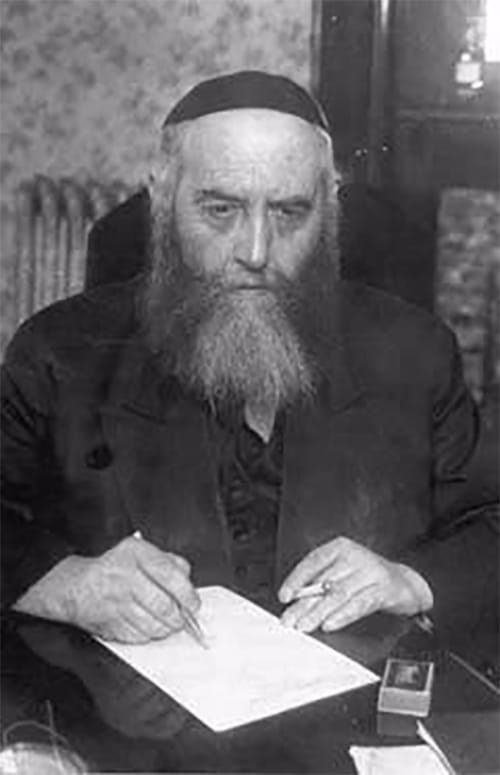
When he wasn’t immersed in Jewish texts, the future Rebbe studied engineering in Berlin under two Nobel Prize winners – Walther Nernst and Erwin Schrodinger. The company he kept in his off-hours was no less luminous. Among his friends there was Rabbi Joseph Soloveitchik, a towering figure in Modern Orthodox Judaism. The two men – one a Hasid, the other Modern Orthodox – maintained their lifelong friendship through the violent upheavals of the 20th century.
As the Nazi threat engulfed Europe, Rabbi Menachem Mendel and his wife Chaya Mushka escaped to the United States by the skin of their teeth. Many others in their family, including Rabbi Menachem Mendel’s brother and Chaya Mushka’s sister and brother-in-law, weren’t so lucky. In America, the couple settled in Crown Heights, Brooklyn, where the Sixth Rebbe had established the new Chabad headquarters. It was there that the future Rebbe eventually became his father-in-law’s successor.
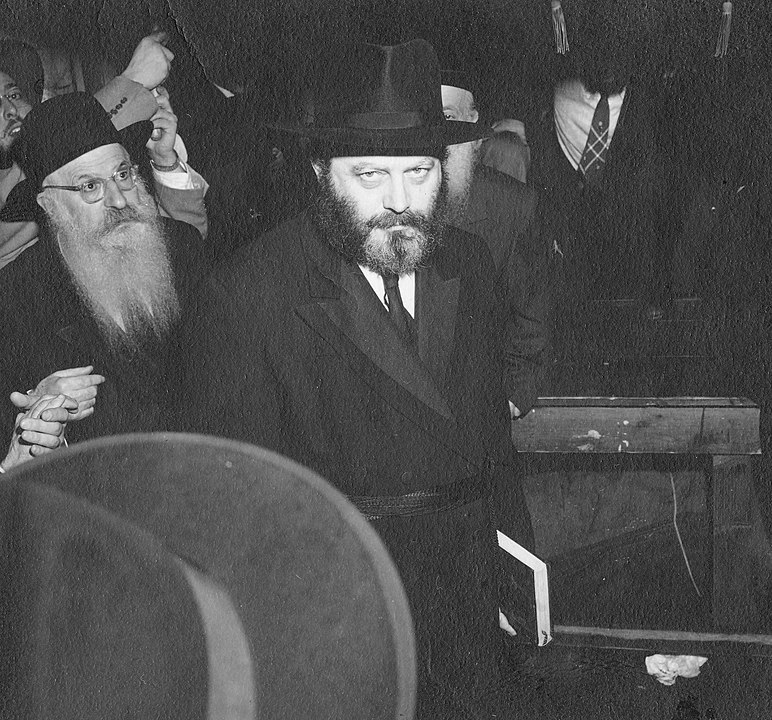
On January 17th, 1951– the night he officially assumed leadership of the Chabad movement — the newly-minted Rebbe unrolled his vision for world Jewry. “The three loves — love of G-d, love of Torah, and love of one’s fellow — are one. One cannot differentiate between them, for they are of a single essence.” In other words, loving your neighbor is a Godly act — the same as loving God!
This sounds like a mystical concept. But the Rebbe was a deeply practical thinker, so he included a blueprint for exactly how to put this love into practice: Get out of Crown Heights.
Go to where the Jews are. It doesn’t matter if they’re affiliated or unaffiliated, if they’re on college campuses or bustling cities or rural towns. All that matters is that wherever you go, you must ensure that Jewish life can flourish.

It’s difficult to exaggerate how radical this vision was in 1951. The prevailing wisdom on the importance of communal life had not changed since the first-century CE, when Hillel the Elder told us in the Mishna: al tifrosh min hatzibur. “Don’t separate yourself from the community.”
Related Story: Passover Rum Diary
In the wake of the Holocaust, who could blame a traumatized community for wanting to band together in a safe location? But the Rebbe, who had lived through pogroms, revolutions, and Nazism, didn’t believe in hiding.
The Rebbe’s vision for Judaism wasn’t defined by a mentality of persecution. Instead, he believed that the Jewish people boast an ancient heritage worth celebrating publicly. For a man who had escaped some of the 20th century’s cruelest moments, he remained remarkably positive, and embodied the concept of l’chatchila ariber, or “leaping over obstacles.” He borrowed this precept from the Fourth Lubavitch Rebbe, who believed that if you encounter an obstacle, you shouldn’t try to go around it. Just jump over and transcend it.
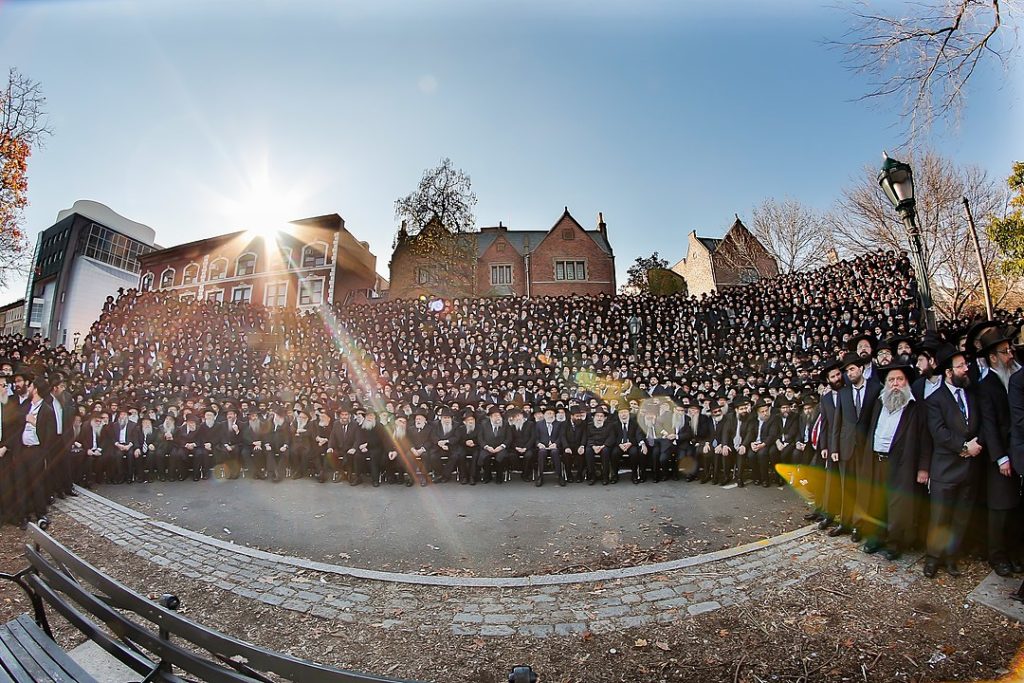
Or, in the words of a popular athletic brand, “just do it.” The Rebbe applied this urgency and positivity to every hurdle that he and his community faced, including the challenge of healing from the most systemized genocide the world had ever seen. Indeed, when a person complained about the hardships of the Jewish people, the Rebbe would counter, “It is good to be a Jew.”

Despite the hardships involved, he sent his emissaries, or shluchim, to remind Jews all over the world of the power of their heritage. From New York to Nairobi, from Mumbai to Morocco, to even Iceland, shluchim built Jewish infrastructure. They constructed huge Hannukiyot for public candle-lightings in thousands of cities worldwide and rolled through crowded city streets in “mitzvah tanks,” offering Jews a chance to do a mitzvah on the go. The Rebbe believed that every mitzvah a Jew fulfilled propelled the world—and the individual—one step closer to healing and spiritual transformation. His shluchim presented Jews from all walks of life the opportunity to put on tefillin, to sit in a sukkah, to shake a lulav, and to learn about lighting Shabbat candles.
In the words of the late Rabbi Dr. Jonathan Sacks, former Chief Rabbi of the UK, “The Lubavitcher Rebbe undertook the most daring spiritual initiative ever… to search out every Jew in love as they were once hunted down in hate.” The Rebbe believed this meant every Jew had enormous spiritual potential, regardless of their background or level of observance. Such inclusiveness was absolutely unheard of at the time.
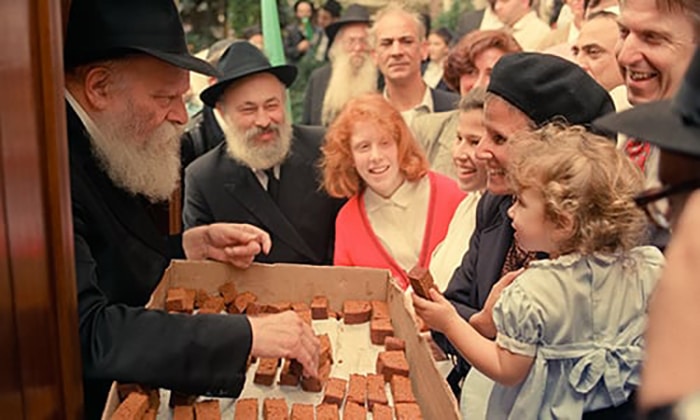
Including women.
The Rebbe was the first major rabbi to foster communal leadership by women. He also personally directed that Chabad’s educational materials for children had representation of both boys and girls, ensuring that all children understood that the message being taught was for them. He may not have used the modern phrase “You can’t be what you can’t see” — but he was certainly aware of the untapped potential of 50% of humanity.
His efforts paid off.
The Rebbe envisioned his shluchim working together in husband-and-wife teams to create a safe and welcoming environment for Jews of all stripes. This task could not be accomplished without the female emissaries, shluchot, who provided a model for active, vibrant Jewish womanhood.
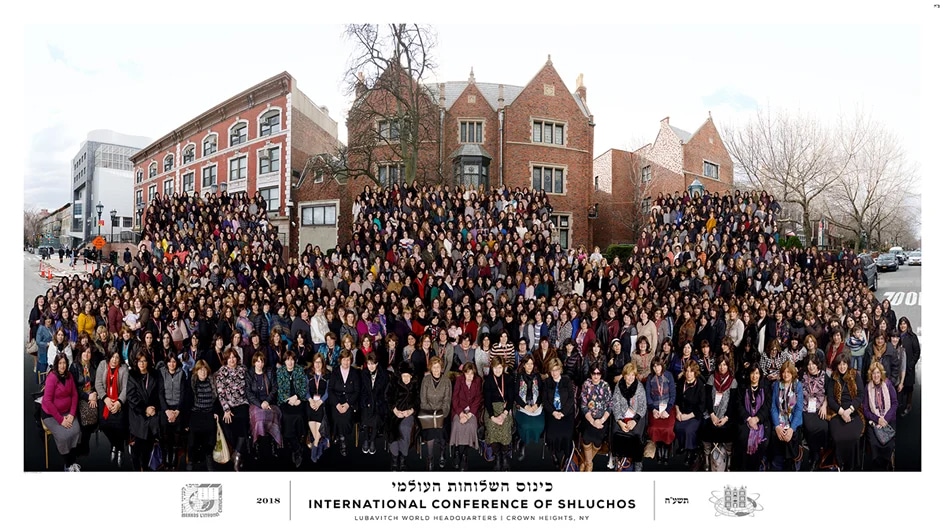
Today, Chabad has shluchim in over 100 countries. Thousands of Jews, many non-observant, flock to the Chabad Passover seders in Thailand each year. A Pew survey conducted in 2021 reported that one in five American Jews participated in Chabad services or activities in 2020.
Yet, even as Chabad centers blossomed all over the world, the beating heart of the movement remained in Crown Heights. It was there that the Rebbe held private audiences with a wide variety of visitors, from ordinary members of his community to heads of state. And it was there that he published thousands of pages of commentary on Torah and other Jewish texts — a massive body of work that continues to illuminate new insights for Jews of all backgrounds.

The genius of the Rebbe’s scholarship and vision for society was recognized far beyond the Jewish community. President Jimmy Carter dedicated 1977 as “The Year of Education” in the Rebbe’s honor, celebrating the first Education Day U.S.A. on the Rebbe’s 75th birthday. Each American president since has marked Education and Sharing Day on the Rebbe’s birthday.
Yet, in spite of his accomplishments and the thousands of letters and visitors clamoring for a moment of his time, the Rebbe remained humble. Ultimately, he saw himself as a facilitator, nurturing the potential that resides in every human being. As he once told Yehuda Avner, advisor to five Israeli prime ministers. “Only you can light your own candle. I have simply handed you the match.”
